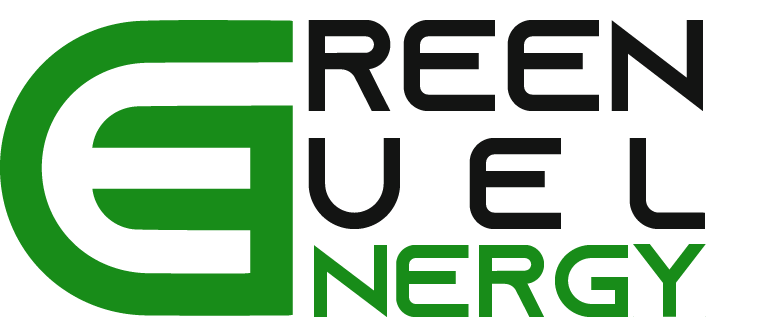1. Next-Generation Solar Panels: Beyond Silicon
Traditional silicon-based solar panels have been the backbone of the solar industry for decades. However, the future of solar technology lies in next-generation materials. Innovations like perovskite solar cells and thin-film technologies are pushing the efficiency and flexibility of solar panels to new heights. These materials promise to make solar panels lighter, cheaper, and more efficient, making solar energy accessible to a wider range of applications.
2. Bifacial Solar Panels: Capturing Light from All Angles
Bifacial solar panels are revolutionizing energy production by capturing sunlight from both sides of the panel. This innovation increases energy yield by reflecting and harnessing sunlight that bounces off nearby surfaces. Bifacial panels are especially effective in locations with high reflectivity, such as snowy environments, and can significantly boost overall system efficiency.
3. Solar Windows: Blurring the Line Between Glass and Energy Generation
Imagine windows that not only provide natural light but also generate electricity. Solar windows, also known as transparent solar cells, are a groundbreaking innovation in building-integrated photovoltaics. These windows use thin-film solar technology to convert sunlight into electricity while maintaining transparency. They have the potential to transform skyscrapers and urban landscapes into clean energy generators.
4. Floating Solar Farms: Tapping into Untapped Resources
As land availability becomes scarcer, solar installations are expanding to bodies of water. Floating solar farms, sometimes called "floatovoltaics," are gaining popularity. These arrays are not only cost-effective but also offer advantages like reduced water evaporation and algae growth. By utilizing unused water surfaces, floating solar farms harness previously untapped solar resources.
5. Solar Paint: Turning Every Surface into a Solar Panel
Solar paint, or photovoltaic paint, is an emerging technology that can turn almost any surface into a solar panel. These paints contain photovoltaic nanoparticles that can generate electricity when exposed to sunlight. From rooftops to walls and even outdoor furniture, solar paint has the potential to integrate solar energy production seamlessly into our surroundings.
6. Solar Trackers: Following the Sun for Maximum Efficiency
Solar trackers are systems that orient solar panels to follow the sun's path throughout the day. By continuously adjusting the angle of the panels, trackers optimize energy capture, increasing efficiency by up to 25%. These systems are becoming increasingly popular in large-scale solar installations, maximizing energy output and economic returns.
7. Energy Storage Breakthroughs: Storing Sunshine for a Rainy Day
Efficient energy storage is a critical component of any renewable energy system. Innovations in battery technology, such as lithium-ion and solid-state batteries, are enhancing the capacity, durability, and affordability of energy storage solutions. Paired with solar installations, these advancements ensure a consistent and reliable energy supply, even during cloudy days or at night.
8. Artificial Intelligence and Predictive Analytics: Smart Solar Solutions
The integration of artificial intelligence (AI) and predictive analytics is transforming solar energy systems into smart, self-optimizing networks. AI algorithms analyze weather patterns, energy demand, and system performance in real-time to make data-driven decisions, such as adjusting panel angles or rerouting energy flow. This optimization ensures maximum energy production and efficiency.
9. Solar-Powered Transportation: Beyond Electric Cars
Solar technology is not limited to stationary applications. Solar-powered transportation is gaining traction, with innovations such as solar-powered bikes, boats, and even airplanes. These vehicles harness the sun's energy to reduce carbon emissions and increase sustainability in the transportation sector.
Conclusion
The future of solar technology is undeniably bright, with groundbreaking innovations transforming the way we harness and utilize sunlight. From next-generation materials to solar windows and smart solar solutions, these advancements are paving the way for a greener and more sustainable world. As we continue to unleash the potential of solar technology, we move closer to a future powered by clean, renewable energy. Embracing these innovations not only benefits the environment but also promises economic growth and energy independence. The sun's power, once untapped, is now at our fingertips, ready to illuminate a brighter, more sustainable future for all.



